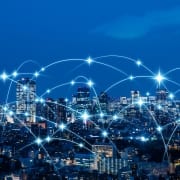A smart city is essentially the term given to a metropolis that gathers data via electronic data collection sensors with the aim of managing assets and resources efficiently.
The benefits to residents that smart applications can provide are widespread, from transportation to health and public safety.
The key smart city applications that will benefit citizens are listed by smart city application provider, Telensa as:
- Traffic management
- Smart streetlights
- Smart water
- Smart energy
- Waste management
- Safer buildings
- Supply chain control
- Health management
- Smart education
The IESE Business School in Barcelona has released the data for the world’s smartest cities for 2018. It might surprise you to know London holds second place only to New York and actually took the top spot in 2015.
The capital has been at the forefront of technological innovation for some time. Recent innovations include:
- mobile apps which make payments easier and provide information on real-time travel information, events, roadworks and disruptions
- body-worn video cameras, which enable the Metropolitan Police Service to gather evidence in real time and reassure the public about police accountability
- air quality sensors, which are being rolled out across the capital to provide a more accurate picture of atmospheric pollution
- London’s innovative Oyster and contactless card ticketing system which has revolutionised how Londoners and visitors get around the city since it was introduced in 2003.
How do smart cities work?
By integrating information and communication technology (ICT) with physical devices which are connected to the network (the Internet of things or IoT), the city can be monitored and the efficiency of operations and services optimised.
Emerging trends such as the Internet of Things, blockchain, artificial intelligence and digital twins are driving smart city adoption.
Internet of Things
The internet of things, or IoT, is a system of interrelated computing devices, mechanical and digital machines, objects, animals or people that are provided with unique identifiers (UIDs) and the ability to transfer data over a network without requiring human-to-human or human-to-computer interaction[i]
Blockchain
In simple terms, a blockchain can be described as an append-only transaction ledger. What that means is that the ledger can be written onto with new information, but the previous information, stored in blocks, cannot be edited, adjusted or changed. This is accomplished by using cryptography to link the contents of the newly added block with each block before it, such that any change to the contents of a previous block in the chain would invalidate the data in all blocks after it.[ii]
Artificial Intelligence
Artificial intelligence (AI) is the simulation of human intelligence processes by machines, especially computer systems. These processes include learning (the acquisition of information and rules for using the information), reasoning (using rules to reach approximate or definite conclusions) and self-correction.[iii]
Digital Twins
Digital twins are software representations of assets and processes that are used to understand, predict, and optimize performance in order to achieve improved business outcomes. Digital twins consist of three components: a data model, a set of analytics or algorithms, and knowledge.[iv]
These trends are just an example of how big data coupled with information technology can generate streams of valuable data.
The need for smart cities
The primary objective of a smart city is to boost the quality and performance of services and improve business and resident’s quality of life via smart technology.
According to Visual Capitalist ( https://www.visualcapitalist.com/anatomy-smart-city/ ) globally, there are 1.3 million people moving to cities each week – and by 2040, a staggering 65% of the world’s population will live in cities.
At the same time, the 600 biggest urban areas already account for 60% of global GDP, and this will only rise higher as cities become larger and more prosperous. In fact, experts estimate that up to 80% of future economic growth in developing regions will occur in cities alone.
With this in mind it is essential that cities become “smart” to
preserve sustainability and efficiency.
[i] internetofthingsagenda.techtarget.com/definition/Internet-of-Things-IoT
[ii]https://www.forbes.com/sites/forbesagencycouncil/2018/04/05/what-is-blockchain-and-what-can-businesses-benefit-from-it/#5ad0a0b9675f
[iii] https://searchenterpriseai.techtarget.com/definition/AI-Artificial-Intelligence


